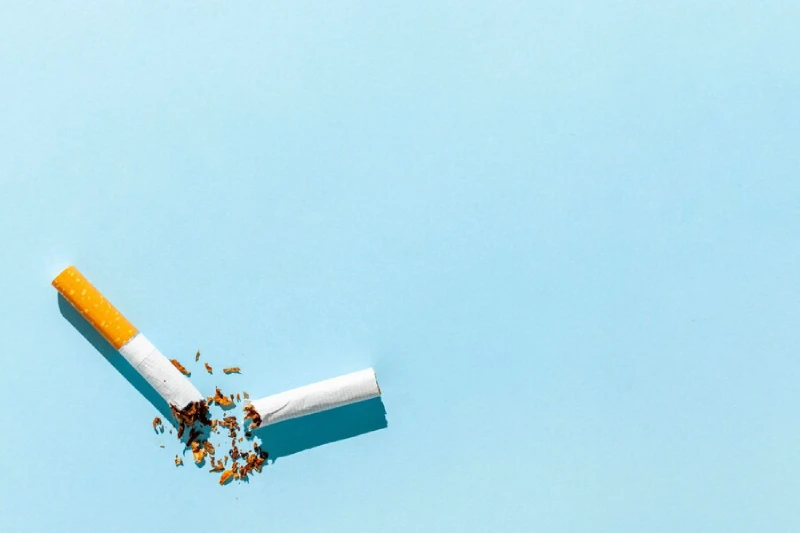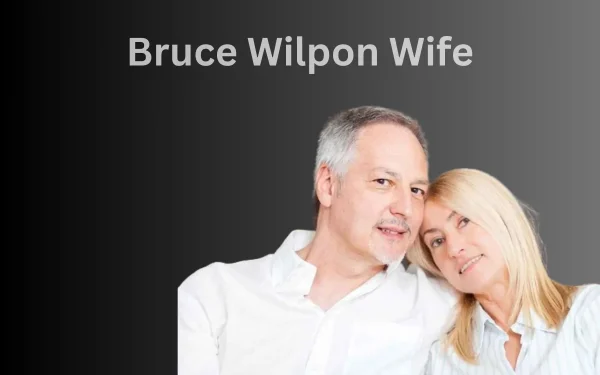Taking Action – Ways to Combat Cigarette Butt Pollution in Your Community

Cigarette butts are the most common item collected during environmental trash cleanups. They are unsightly, expensive to clean up and pose fire hazards. The plastic cellulose acetate in cigarette filters never decomposes. These microplastics contaminate waterways, contaminate wildlife and harm humans. Many policy approaches could reduce cigarette butt waste. Distribution of convenient disposal receptacles and direct communication with smokers are effective methods.
Education
Adding a course dedicated to cigarette butts pollution can help to increase awareness of the issue and encourage younger generations to make the right choice. Another way to educate people is to provide ash receptacles in all public spaces, such as beaches, open-air shopping malls and college campuses. This can be done by designating specific areas for smokers or making it necessary to purchase tobacco products with reusable filters.
Cigarette butts are non-biodegradable, resulting in unsightly waste and contributing to the cost of litter cleanup efforts. They are found in streets, sidewalks, parks and beaches, street drains and stormwater runoff that can end up in rivers, lakes and the ocean. These discarded filters contain plastic fibers (cellulose acetate) that can take up to 10 years to break down and leach toxic chemicals into the environment, including formaldehyde, nicotine, arsenic and lead.
These chemicals can impact wildlife, water quality and public health. In addition, cigarette butts can block stormwater drainage systems, creating local flooding and erosion issues. Cigarette butts also pose a fire risk and are considered to be an environmental blight in many communities, cities and towns. Educating the public is a crucial step in curbing cigarette butt pollution, especially educating youth. Most high schools have a health class that teaches students about the dangers of smoking but often fails to mention the environmental degradation caused by cigarettes.
Cleanups
Cigarette butts are the most commonly found form of litter and, unlike other forms of trash, don’t disappear. They are made of plastic cellulose acetate, which releases hundreds of toxic chemicals into the environment when they burn, smoke or break down. When they’re dropped on the ground, wind and rain carry them away into waterways, where they can leach into the water supply or kill wildlife that consumes them. One cigarette butt can contaminate up to 20 milliliters of water, causing poisoning in marine life.
The chemicals released can also bioaccumulate, meaning plants eventually reach animals in the food chain as plants ingest toxins. Cleanups are the first step in reducing this harmful pollution; many organizations organize and lead them. Of course, the best way to combat cigarette butt pollution is to stop smoking completely. Several organizations that are focused on helping smokers quit are working toward this goal, which organizes young people around issues like smoke-free spaces, tobacco in pop culture and more.
Awareness
Cigarette butts are one of the most visible forms of plastic litter. They can take up to 10 years to degrade and release toxic chemicals into waterways and ecosystems. These tiny bits of non-biodegradable waste contribute to the deadly churn of plastics that pollute our oceans, lakes and streams, killing fish and wildlife and entering our food chain. The good news is that public awareness has risen significantly.
Many communities have increased the number of ash/trash receptacles and are encouraging smokers to carry pocket ashtrays or use designated smoking areas to dispose of their butts properly. But it will also take a major shift in mindset and attitudes among the smoking community. Consumers are becoming more and more aware of landfill impacts, and programs have been created to reduce the environmental toxicity of cigarette butts by increasing landfill consciousness among smokers.
Cigarette companies have included reducing the amount of plastic pollution caused by their products as part of their sustainability goals. Still, it will be difficult for them to make much progress until the smoking community changes its perspective on their butts. Local and state policies can help to reduce the number of cigarette butts that end up in the environment, such as prohibitions on smoking in certain outdoor spaces, beach cleanups, and the addition of trash collection fees or bottle-return systems.
Enforcement
Communities have come up with many ways to reduce cigarette butt litter, both on land and in water. These range from a theme park in France that trained six crows to pick up butts for treats to viral social media campaigns like the #trashtag challenge that encourage citizens to clean up their cities and beaches. Many cities, towns, and even states have laws that require smokers to dispose of their butts properly.
These laws usually include designated smoking areas with ash receptacles and signage and educational campaigns to make people aware of the issue and educate them about how their actions can impact others. These efforts can help to change smokers’ behavior and decrease butt litter. Cigarette filters are made of plastic cellulose acetate. They can take years to biodegrade, leaving thousands of tiny fibers in the environment, waterways, and wildlife, which can trap and disperse harmful chemicals. They also leach toxins into the soil, reducing biodiversity and contaminating the food chain. While cleanups, education, and downstream approaches can help to improve the situation, addressing the root cause of butt litter—changing smokers’ behavior—will have a greater impact. To do this, a fee or tax on cigarettes, similar to bottle bills or deposit-return schemes that have helped to drastically reduce the amount of waste from disposable bottles and cans, could be put in place to pass the cost of cleanup and disposal onto the smokers.






